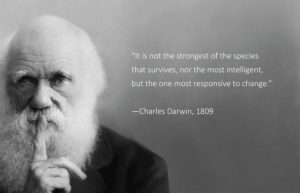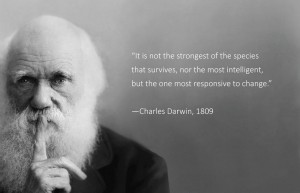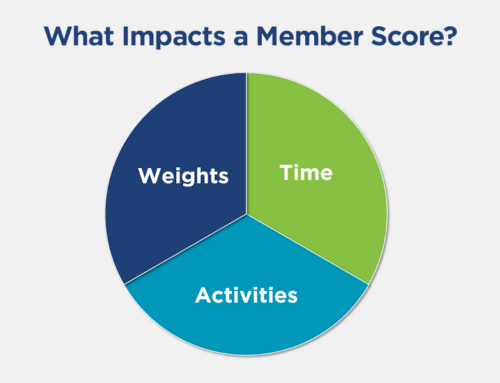
There are many important distinctions between BI initiatives and other kinds of IT projects. By understanding and adapting to these differences, you will enjoy a much higher success rate, greater business benefit and satisfaction with the process.
Business Intelligence is a Process, not a Project. It is a Business Initiative, not an IT Project.
We believe that business intelligence initiatives are technology-enabled, but are not technology projects. Technology is the tool; the people are the key influencers. Business Intelligence solves business problems, not IT problems, although when implemented properly, it will reduce the drain on IT for providing queries and reports. The key differentiator is the business staff must be fully engaged and participate collaboratively in the process. This begins with the initial scoping phase and continues through the entire process. The business staff know how they want to consume the information and what questions they need answered. They also know how much history they want to see and the level of granularity needed. Often they are also the best people to ask in which system do they believe the most accurate version of the data is stored. After the initial conversations take place to gather this information, analysts and developers will have additional questions such as how to handle exceptions. The business subject matter experts must be available and invested in providing answers to these questions.
Business Intelligence Requirements Evolve
In a typical technology project where you are asking a vendor to build a solution, such as a membership application process, the vendor is expected to know exactly how to build and how you want it to work before they start the project. With business intelligence, there are many unknowns which can derail a strict waterfall project plan. A skilled business intelligence team will not only be able to navigate these changes, but will actually embrace them. Demo meetings to the business staff often spark new ideas in the form of better quality questions. These new business questions are one of the benefits of a business intelligence project since these new insights are often where the greatest potential value lies.
The Only Thing Constant is Change
All projects involve some sort of change; however a business intelligence initiative will likely involve much more association-wide change. It is therefore critical to define a change management strategy. There are many components to integrate, such as including the business staff at every stage of the process through collaboration, conducting technical and analytical training, and providing intuitive visualizations. We’ve written previously on managing and embracing this change. (See our most recent blog, Change Intelligence and Business Analytics for Associations.)
It exciting to take part in a business intelligence initiative. As with most experiences in life, knowing what you can expect can prepare you for the journey ahead so that you can get the most out of it. The journey will be challenging, exciting, and different. The reward will be worth it! Making decisions based on data instead of instinct, politics or tradition will position your association for success.



